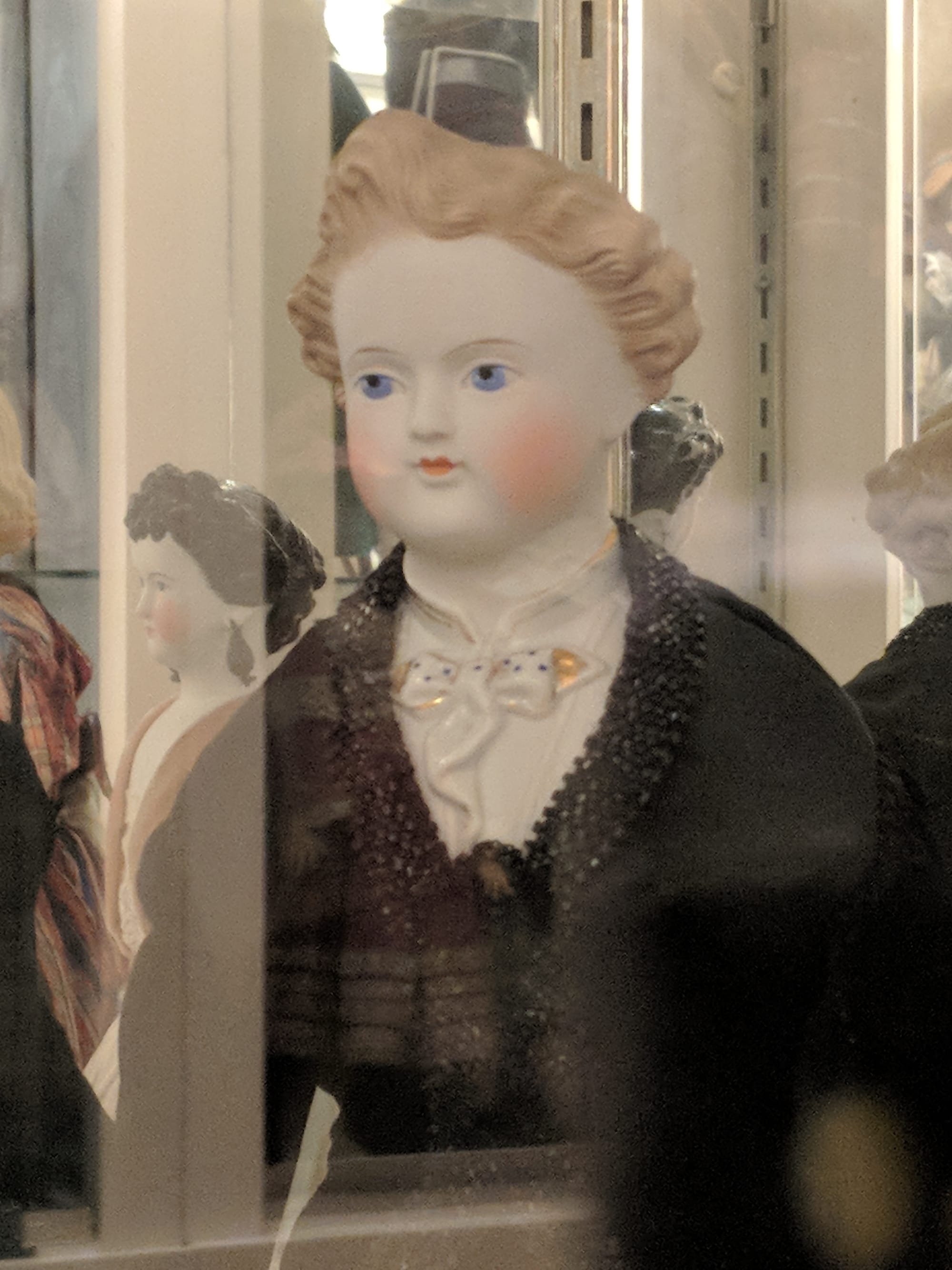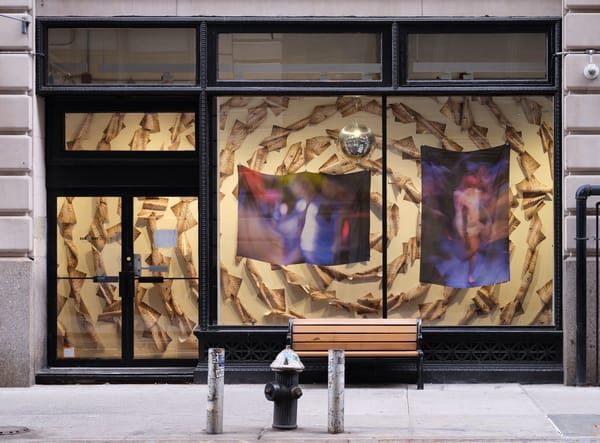160 Years Before the Frida Kahlo Barbie, a Rosa Bonheur Doll Celebrated a Queer Woman Painter
Victorian-era American girls loved the porcelain-faced version of Bonheur, which by the 1860s was a hit.
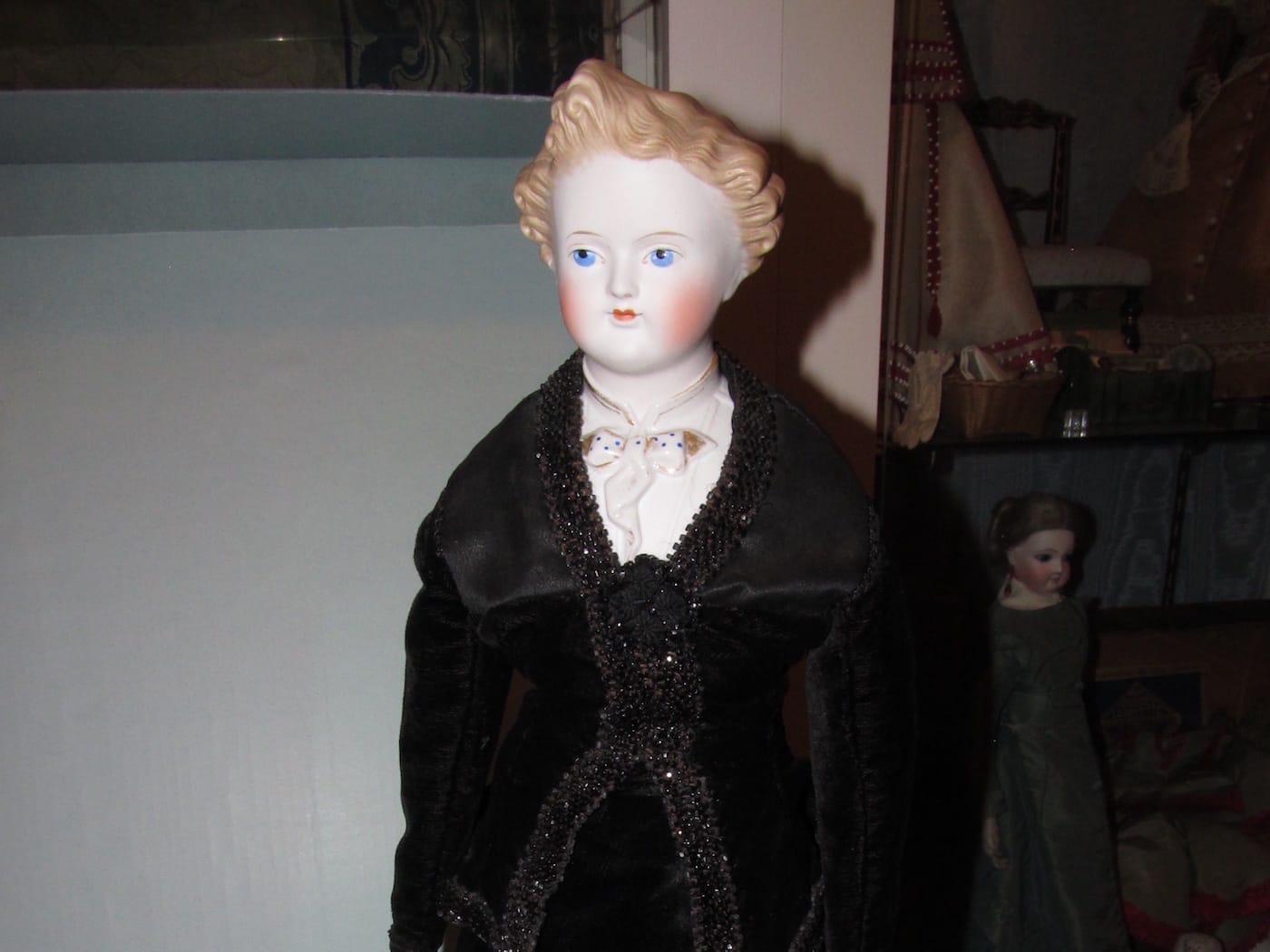
Earlier this month, the toymaker Mattel released a Frida Kahlo Barbie that raised eyebrows and ruffled feathers. Kahlo’s grandniece, Mara Romeo Pinedo, and her daughter, Mara de Anda Romeo, accused Barbie of tweezing the artist’s iconic unibrow, lightening her eye color, and neglecting to include her wheelchair among her accessories. They consider her Mexican dress a caricature, and there’s also the irony that Frida Kahlo, as a communist, probably wouldn’t have liked corporate merchandizing. The family has called for a redesign of the doll that more closely resembles the real Frida, or at least the image of herself she so carefully crafted over a lifetime as an avid self-portraitist.
This recent controversy calls to mind another doll modeled after a queer female artist. Long before the release of Mattel’s Frida Kahlo Barbie, young 19th century girls were playing with the Rosa Bonheur doll, which by all accounts seems truer to its subject. The Rosa Bonheur doll was similarly created in a popular, pre-existing doll format — the bisque doll — but she was given more freedom, perhaps, than the Frida Kahlo Barbie to resemble her inspiration.
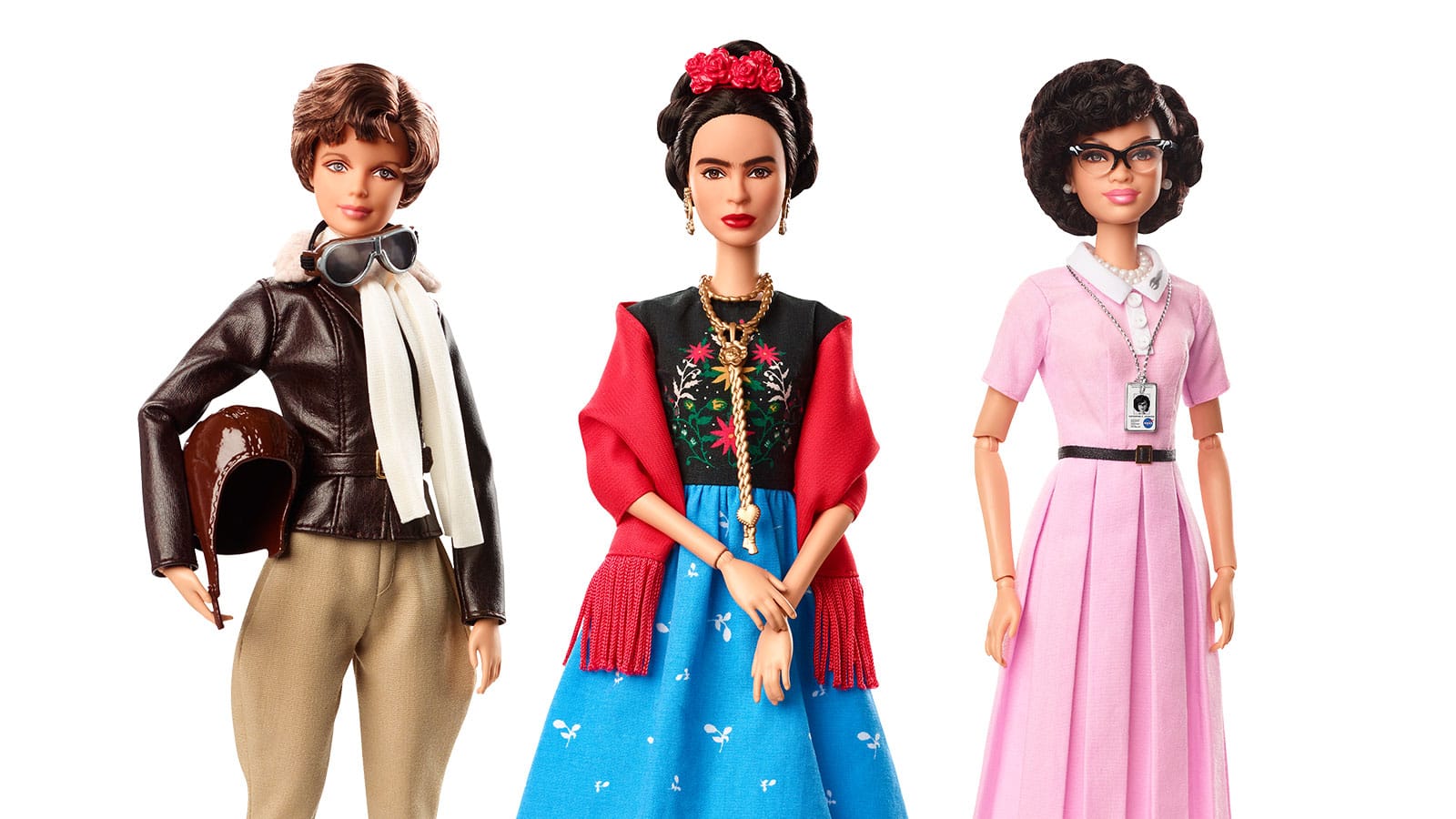
Wildly popular and created during the French artist’s own lifetime, the roughly 20-inch Bonheur doll was somewhat surprisingly depicted as the unconventional painter appeared in person, with cropped hair and masculine dress. Bonheur, well-known for her paintings of animals, was one of only 12 women in the 1850s to receive an official French police permit required to wear trousers and other articles of men’s clothing. She lived a nontraditional life, twice marrying women and smoking cigars in public.
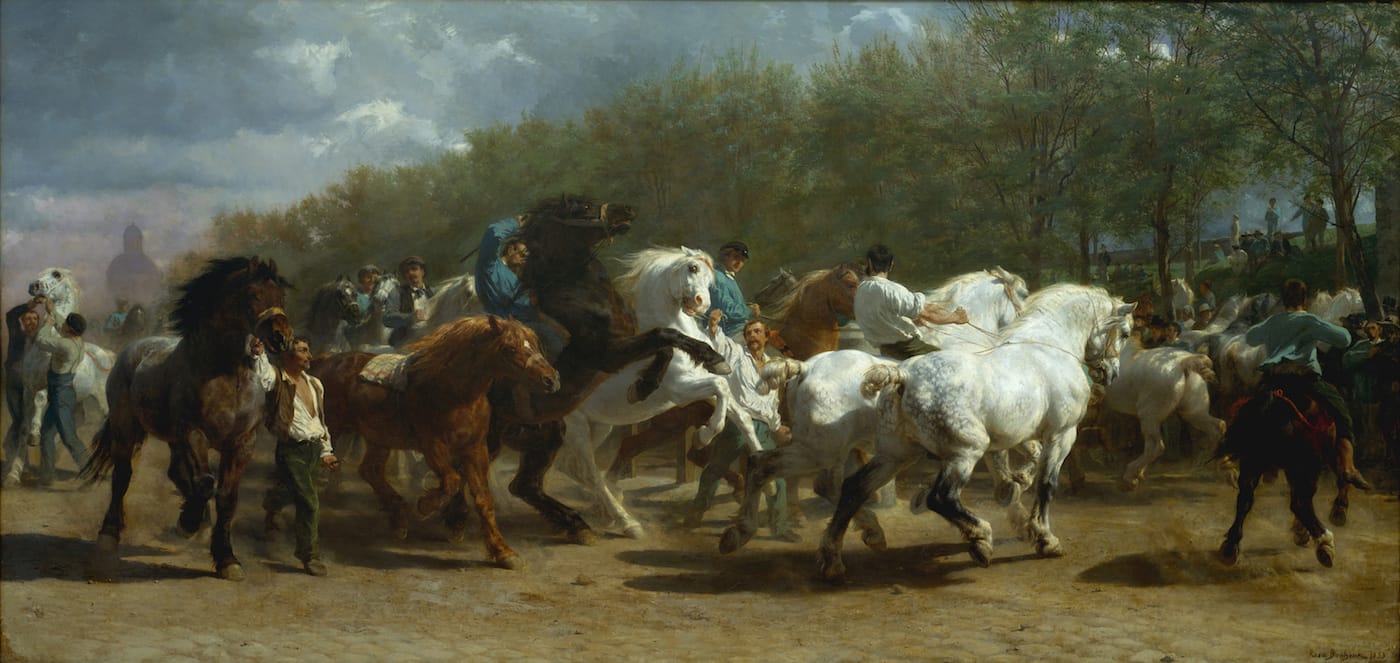
Yet Victorian-era American girls loved the porcelain-faced version of Bonheur, and by the 1860s the doll was apparently a hit. Among her child admirers was a young resident of San Francisco, artist Anna Klumpke, whose Bonheur doll was dressed in a blue smock over an embroidered peasant blouse, black velvet pants, and patent leather shoes. Years later, when Klumpke settled in Paris, she summoned the courage to ask Bonheur for permission to paint her portrait — a request that resulted in Klumpke becoming the portraitist, biographer, and second long-term partner of Bonheur (who was 34 years her senior).
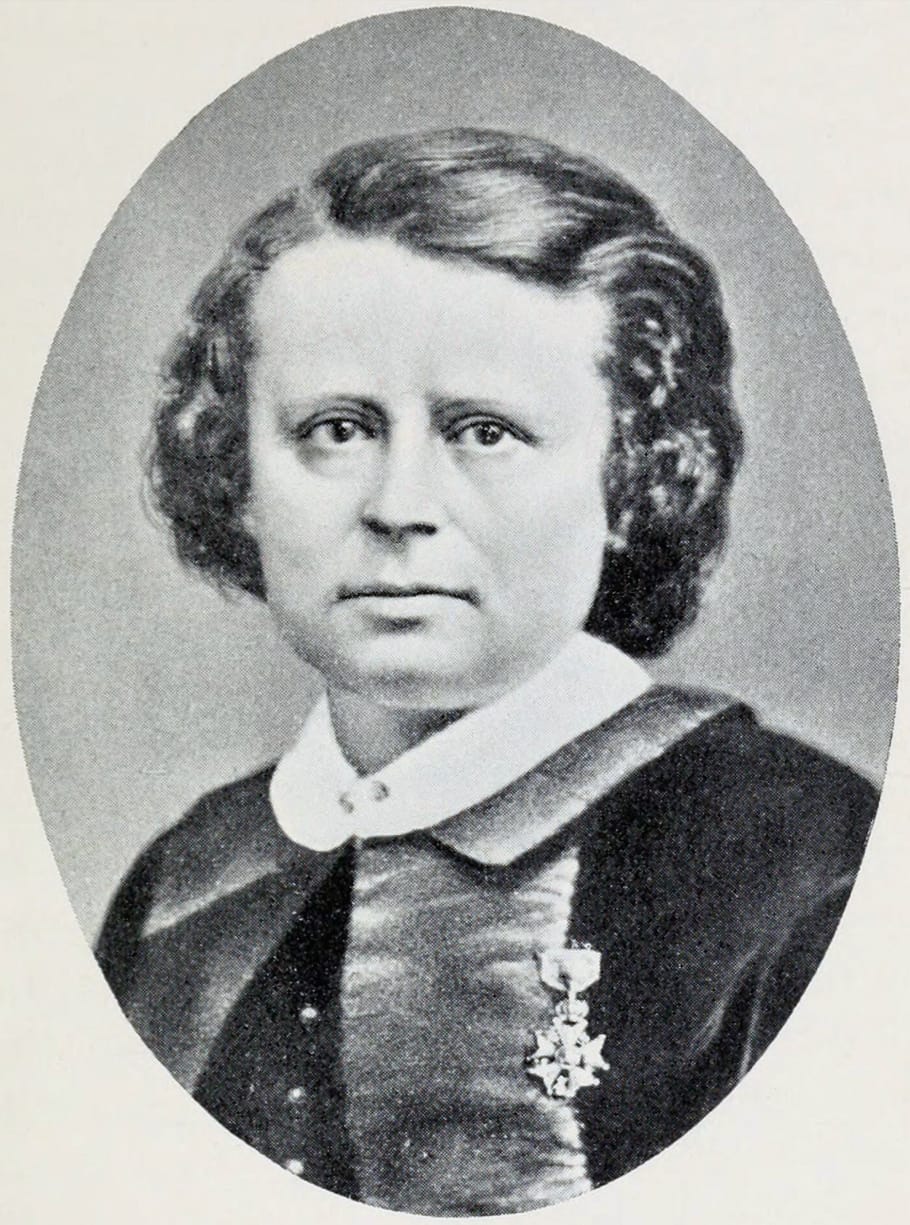
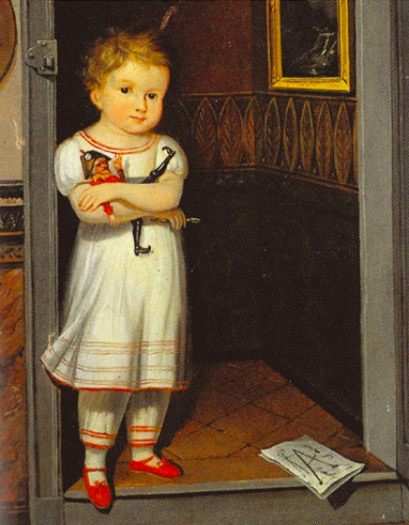
Despite their mid-nineteenth century popularity, it seems that few Rosa Bonheur dolls remain in existence today. “They are hard to track down and authenticate with certainty,” says Maryann Macdonald, a writer whose children’s book about Bonheur – Rosa’s Animals – will be published this June. After contacting doll and toy museums throughout the country, she finally found one, at the Doll Museum at the Old Rectory in Worthington, Ohio.
According to Sue Whitaker, the Worthington museum’s curator, their doll once belonged to a Mrs. Mabel Chandler, who dressed her in a long, black velvet dress. It is classified as a German bisque doll, and Whitaker says that it is “also sometimes called ‘the German gentleman.’” “Bisque” refers to unglazed tinted dolls, while shiny glazed dolls are described as china.
As for Bonheur herself, she too played with dolls as a child. An early portrait of her by her father Oscar-Raymond Bonheur, “Rosa at Four” (1826), depicts her clutching a Pulcinella doll while holding a pencil. Years later, Rosa told Klumpke that her own childhood doll served an important artistic function. “After my father explained that he had people pose for their portraits,” Bonheur recalled, “of course I had to imitate him. I’d sit my little Punch doll down in a chair, then set to work drawing him.”
Perhaps, in her truer-to-life redesign, the Frida Kahlo Barbie will inspire children to do the same.
